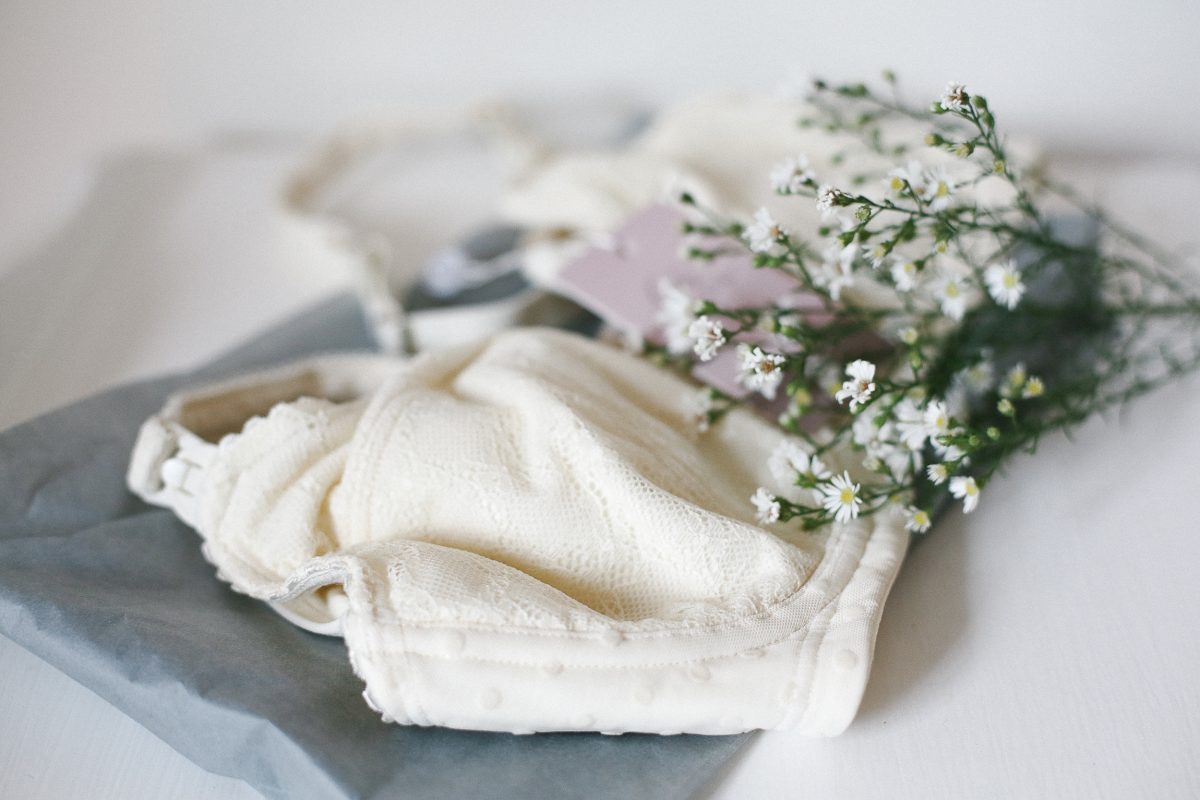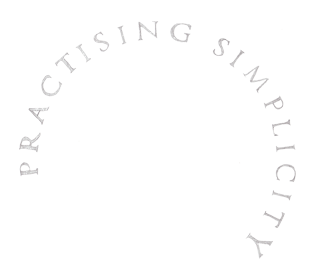the best maternity + breastfeeding bras
I’ve spent eight of the past ten years either pregnant or breastfeeding so I consider myself a bit of an expert on what constitutes a comfortable, supportive, essential maternity bra.
Bra shopping is never particularly fun and when you throw rapidly growing breasts, hormones and a whole lot of “I don’t know what I’m doing!” into the mix, it can make for a trying shopping experience.
But here’s the thing; a really good maternity bra is an absolute necessity for your growing body. And a bra that ensures your breasts are supported and easily accessible is essential for breastfeeding.
In my first pregnancy my body transformed from a waif-like teen to a voluptuous muma-to-be and my boobs followed suit. I grew from a 10A to a 12DD and I had absolutely no idea what I needed in a bra. Fast forward ten years and I have my firm favourites; bras that last for years and were well worth the initial purchase.

Bras for Pregnancy and Nursing
I find that a flexible wire bra is best for early-mid/late pregnancy, especially considering I really value support. If you’re currently pregnant for the first time you might be shocked by how much your ribcage is expanding along with your cup size. With this in mind, it makes sense why a 4-6-hook-and-eye closure is incredibly practical for your changing shape. This ability to extend your bra means you’ll get the most wear out of it. When you’re about 35weeks, it’s best to wear a bra that you can easily fit your closed fist in (as well as your boob!). This is how much growth you can expect when your milk comes in.
My favourites for pregnancy (and breastfeeding, once the initial engorgement has subsided) include:
Parfait Flexi Wire Lace Nursing Bra : a feminine bra (pictured above) that’s incredibly comfortable and supportive. If you don’t want to forgo delicate fabric and pretty details, this is a beautiful option.
Forever Yours Flexiwire Nursing Bra : a no-fuss t-shirt-style bra that I’ve been wearing for about four years. I highly recommend this bra for its support and practicality (you can wear it under tees, singlets, dresses and it works!).
Rock Candy Luxury Seamless Nursing Bra : if you prefer to wear a bra that’s wire-free but still features moulded cups, this is a beautiful option that doesn’t sacrifice support or lift. Also available in black.
Amy Nursing Bra : this simple bra is perfect for early pregnancy and for when your breasts have settled into nursing. It’s ideal for those who prefer not to deal with clasps (to feed, simply pull the cup aside).

Bras for Birth, Sleep and the First Few Months
In late pregnancy, during birth and the first few weeks and months of feeding, comfort is key! Ever since I was pregnant with Poet, I have been a huge fan of Queen Bee’s easy-to-wear sleep bras that make the engorgement, flooding milk episodes and sore nipples much more bearable. As your body heals from birth and you’re feeding around the clock, forget about wire and clasps and lift! All you want is cotton or bamboo comfort that doesn’t require any brainpower to get on (or off, as the case often is).
In my experience, wearing a bra when you’re sleeping is absolutely essential during the first few weeks after birth. And if you don’t? Wet pyjamas, wet sheets and even more disturbed sleep. Your best bet is to wear a bra that easily holds breast pads so leakage doesn’t become an uncomfortable issue in the middle of the night. I highly recommend Jamila Stripe, Milk Bamboo Sleep Bra, Sonata and, if you prefer a singlet-style for sleep, try the Lindsay Nursing Camisole or Gelato Nursing Tank.
Breast pads are absolutely essential in your hospital bag and for the first few months of feeding (although some women find they need to wear them for up to a year). There are a range of washable breast pads on the market that are much more comfortable than the plastic, disposable alternatives. I love Cake Maternity’s organic/hemp pads and, for a heavier milk flow, these.
A note on breastfeeding
If you’re pregnant for the first time and you’re planning on breastfeeding, there’s a few things you should know. Firstly, determination and perseverance is essential. It can take up to eight weeks to establish a breastfeeding rhythm with your baby (hence why I’m such an advocate for staying at home for the first month after birth) so patience is also required. And, if you find yourself stressed and embarrassed during the first few months of feeding, know that it is perfectly OK to take yourself to your bedroom, away from visitors, and feed in the peace and quiet.
After birth your baby will cluster feed (feed for long periods of time) to bring your milk in. When your milk arrives your boobs will be rock hard and lumpy and you’ll be sore, tired and teary. Your nipples may be red raw and bleeding and all of a sudden you might just want to give up on feeding all together. And that’s ok! But at times like this it’s also a great idea to reach out for support. I highly recommend the Australian Breastfeeding Association hotline – 1800 686 268 – for instant access to trained midwives and lactation consultants who can lend an ear and offer sound advice (even in the wee hours of the morning). Talk to your GP, your midwife and your friends and please, don’t suffer in silence!
A supportive partner is also an essential piece of the puzzle so share your breastfeeding desires and concerns with him/her. As soon as your baby latches you’ll be incredibly thirsty so plenty of water is important (brought to you by your partner), as is a diet rich in protein and good, filling fats (made by your partner) – so many hints, I know! Your metabolism will be working overtime so by all means, indulge in a bit of cake, too.
Breastfeeding can be really, really hard and really, really painful. I’ve been there at 2am – crying in pain with a screaming baby in my arms, unsure of how I was going to attach his hungry little mouth to my aching breast. In those instances deep breaths and long exhalations, a few shoulder rotations to release tension, and a step-by-step walk through the correct latching technique (ask your midwife!) got me through. Remember that a baby won’t attach to a stressed, anxious mum so return to your birth breathing techniques when you’re feeling challenged.
While breastfeeding can be toe-curling, tear-inducing painful, it can also be an incredibly beautiful, enriching, love-filled experience. It isn’t for everyone, of that I am sure, but from personal experience it has been one of my favourite parts of motherhood so far (although weaning is another story altogether!).
This post contains affiliate links if, when purchased, earn me a small commission.




Gosh, breastfeeding is such an enormous learning curve. Perseverance and determination (and sometimes toe curlingly painful) are exactly the words needed for it. I’ve been pregnant and/or breastfeeding for close to five years (wow, I just worked that out!) and it’s by far one of the most rewarding things I could do for my boys. This next baby will probably be our last so during those hard early breastfeeding times, I’ll remember it gets easier and I’ll try to savour every moment.
Im having my fourth in September and am still wearing very comfy, but de-elastised Bonds maternity crop tops that i purchased from Big W back in 2011 with my first. Sadly they do not make them anymore and how timely, i need new ones!! I have been blessed in the breastfeeding dept with all my babies and it happened pretty smoothly for me, mastitis aside and after reading this hubby is paying up and i look forward to purchasing some of these bras you speak of even if they will be labelled ‘maternity’ for the last time here….Do you find them wearable even if not pregnant/ feeding?
Oh yes, perfect regardless of whether you’re feeding or not (as long as you stay the same size!) x